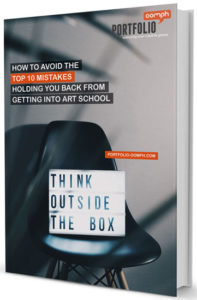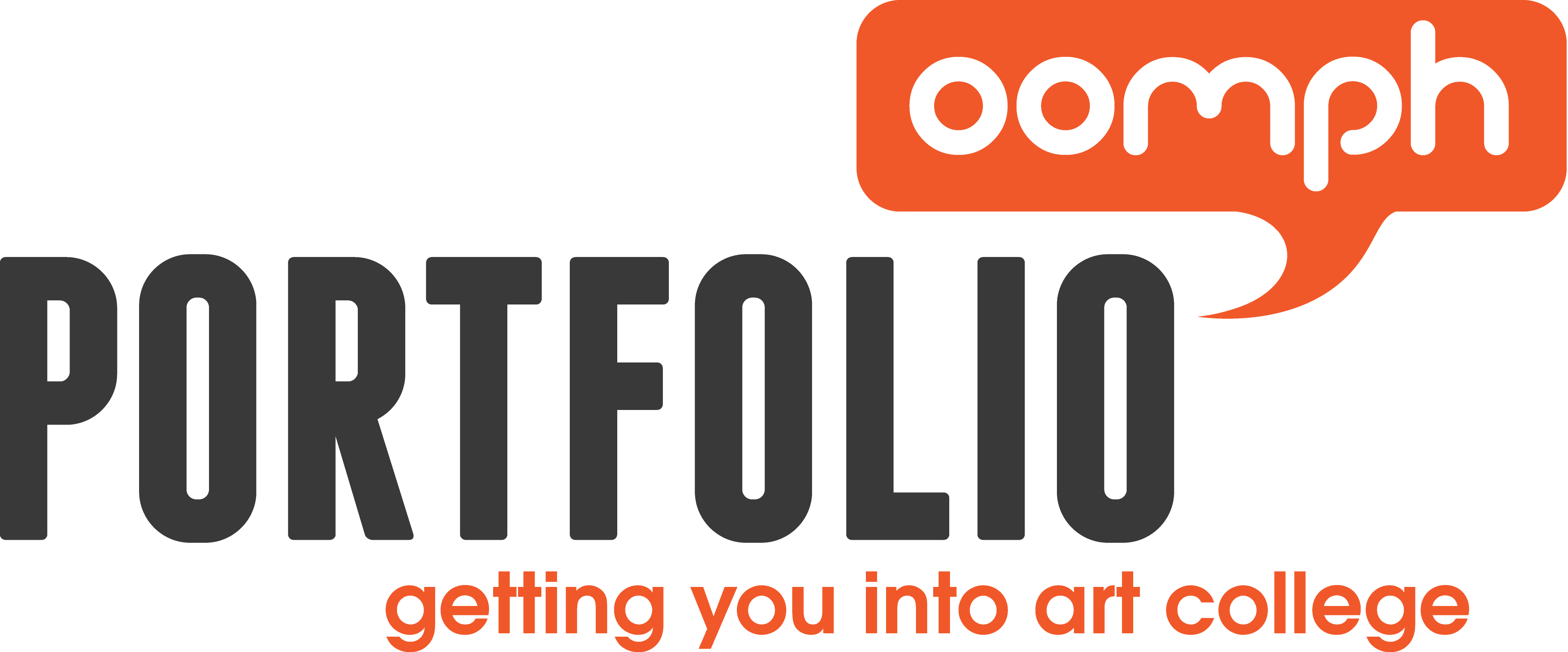
13 Jan Drawings that will impress your art teacher
Drawings that will impress your art teacher??
Hmm, this might sound like a pretty normal thing to do as many students do think that drawing is only valued/validated if it impresses their art teacher.
Have you ever done this?
Let us just make the clarification between drawing ONLY to impress your art teacher and drawing that is enjoyable for you but also happens to impress your art teacher. The 2 are very different, so read on.
Of course, if you are taking exams then this is likely to be a good tactic. You want to pass, your teacher knows what’s going to get you through your exams, therefore you want to do this.
Impress Your Art Teacher
However, my thoughts are that if you aren’t drawing something that really speaks to you in terms of your interest in it then you won’t produce a great drawing, full stop.
However much you try to explore, enjoy, exploit the subject you are drawing to please your teacher, if it doesn’t genuinely grab you for some reason, you will not produce your best drawing.
A great example is students who undertake life drawing classes for the sole reason of thinking that it is what the art colleges want to see.
DOWNLOAD MY FREE REPORT TO DISCOVER THE 10 MISTAKES IN ART AND DESIGN PORTFOLIOS THAT HOLD YOU BACK FROM GETTING INTO ART SCHOOL.

Life drawing can be useful for an art college application. However, if you don’t enjoy it, don’t have an interest in the figure or feel it is useful to your whole portfolio then usually this shows in the work.
Take the drawing below. Yes it’s a technically a good drawing, but why are you drawing bulbs of garlic? What is the attraction, the exploration in this subject.
If you can’t think of anything, it’s purely a technical demonstration of your draughtsmanship and nothing more.

Drawing of any kind really should be done for yourself as a means of exploring a subject, concept, or idea.
Or it is used to communicate how something is made, like in a diagram or plan for someone else to work from. Examples of this might be product design, jewellery, fashion design, etc.
When we draw a subject we are really engaging in looking most of the time, or at least we should be! Peter Prendergast, landscape painter commented ‘Drawing is 90% looking, 10% drawing’ and if we haven’t looked properly we’ve never really SEEN our subject.
For your art college portfolio not only should you be looking, seeing but you should be almost obsessing about your subject through some creative drawing ideas.
Find out more on my portfolio preparation course.
It’s only through this kind of rigorous analysis and investigation of your subject that we really know the subject enough to be able to make judgment and selection about what to pursue.
Selection is of great importance. Not only in choosing what subject/object to draw or work from to which pieces to include in your portfolio.
Selection is essential throughout the creative process as you need to choose the best ideas, the best experiments, the best drawings, and so on. You also need to engage in thoughts about why these are the best – justifying your selection in away.
The interviewers at art college will be looking for evidence of this in your sketchbooks and research sheets. If you get an interview and they ask you why you’ve chosen to develop your project a certain way you don’t want to be saying “because my teacher told me to”.
They want to hear independent thinking and decision making.
So, even if you are making drawings that will impress your art teacher, find out what it is about those drawings that impress them.
Ask them, “Why do you think it’s a good idea to pursue this idea rather than that one?”. This is the only way you will begin to develop your own way of reflecting on your work to make good selections YOURSELF.
If you’ve enjoyed reading this blog post and want to challenge your own drawing, decision making, and selection then download the eBook ‘Sketchbook development’. This takes you through guided exercises that help you to explore your subject with focus.

This article was written by Julie Read, a leading educator in the Creative Industries, as featured in The Guardian newspaper, on a mission to create a legacy to ‘unlock your creative genius’.
My passion and mission is your art portfolio, to help to get you that place at college or university.
CLARITY, in particular around the creative process, sketchbooks, and what the Colleges actually want to see are the founding principles.



No Comments